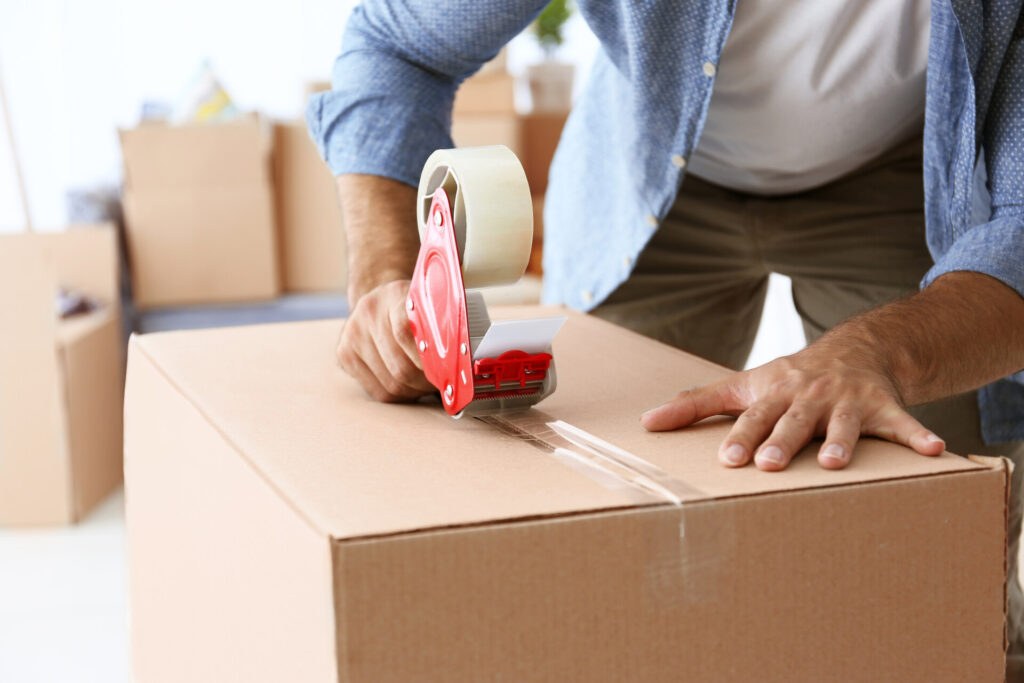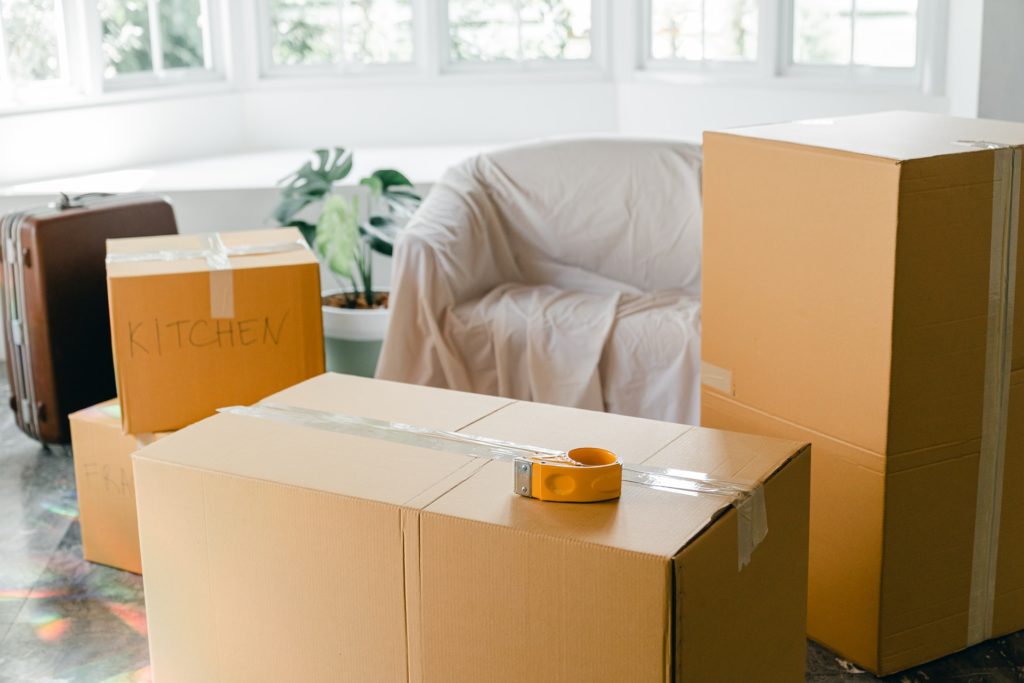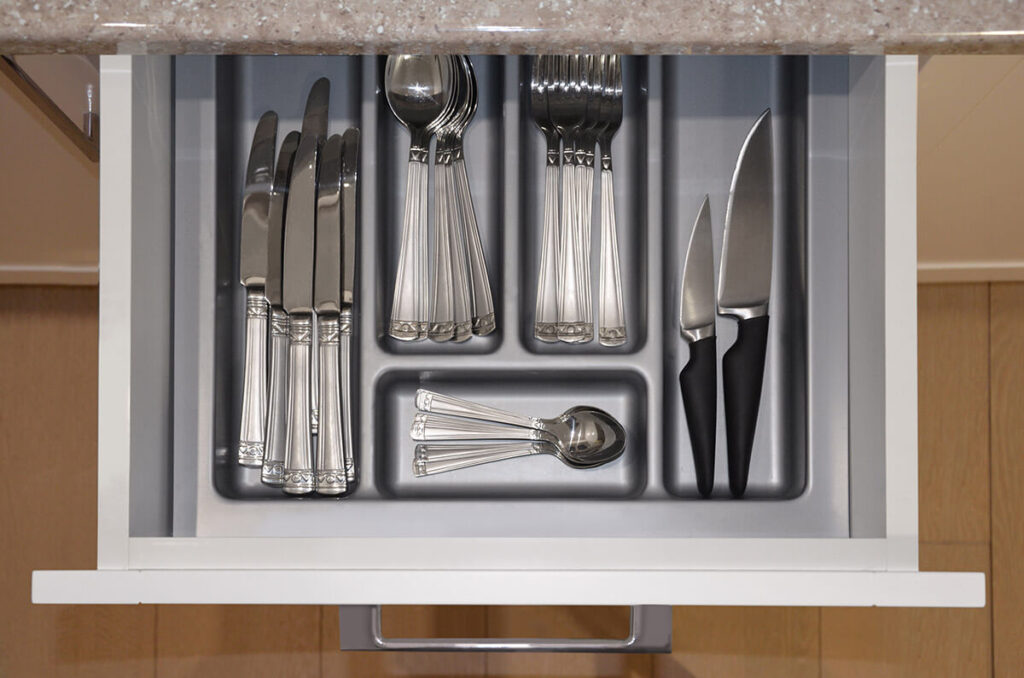Are you preparing for a big international move? One item that requires extra care during the packing process is a television. With its delicate screen and fragile components, ensuring the safe transportation of a TV is crucial. Keep reading and find out essential tips and instructions on how to pack a TV for moving. By following these expert techniques, you’ll protect your prized entertainment centerpiece and enjoy your favorite shows and movies in a new home without a hitch.


How to pack a television for moving? First, unplug all cables. Wrap the device in a protective blanket or bubble wrap, securing it with tape. Place it in a sturdy box, ensuring a snug fit. Fill any empty spaces with packaging material for added protection.
First, Choose Your Shipping Options
Relocating across the world is not an easy task, and probably one of the most challenging parts of this process is packing up the entire house. If you have hired movers for international moving by sea, then you are in for a treat because this option will allow you to bring with you large items such as furniture, kitchenware, all of your dishes, and if you prefer, even kitchen appliances.
This is something you would not be able to do with international moving by air, which is a faster option but has weight limitations. Luckily, with the first option, you will not have to say goodbye to a TV, but you will have to learn how to pack TV for moving so it doesn’t end up broken in a new city.
However, before you begin to learn all the packaging tips and tricks, you need to choose an overseas shipping company that is reliable and, most importantly, can provide you with all the services you need. For example, Sunset International Shipping is an international moving company that offers full and less container loads for overseas shipping. This way, you can choose the service that fits your budget perfectly, and you get to bring and keep items you truly wish.
The Next Thing is – Understanding Your TV
To learn how to pack a TV, you need first to understand the unique needs of different types of devices. From flat screens to curved displays, each one requires specific handling to ensure its safety during transportation. Additionally, don’t forget to check the manufacturer’s guidelines for any specific instructions or recommendations they provide. Adhering to these guidelines will help you protect the device and prevent any potential damage during the transportation process, making the relocation easier. By taking the time to understand a telly and following the manufacturer’s guidelines, you can box it up with confidence and peace of mind.


Obtaining the Necessary Materials for Safe Moving Abroad
Relocating overseas is an exciting adventure, but it also requires careful planning and organization to ensure the safe transportation of your belongings. One crucial aspect is obtaining the necessary packing materials that will protect your items during the journey. When it comes to international moves, it’s essential to invest in high-quality supplies that can withstand long distances and varying conditions. This includes sturdy cardboard boxes in various sizes, bubble wrap, duct tape, peanuts or foam, mattress covers, furniture blankets, and labels.
List of Packing Materials Needed
No matter if you need to learn how to pack TVs for moving or fragile items, the list of necessary supplies you need for packing will be the same. Here are some essential supplies you need to have:
- Sturdy cardboard boxes – Choose boxes in different sizes to accommodate various items. Opt for reinforced boxes for heavier or fragile items.
- Bubble wrap – Wrap delicate and breakable items, such as dishes, glassware, and electronics, in bubble wrap to provide cushioning and protection.
- Duct tape – Use strong duct tape to securely seal boxes and prevent them from opening during transit.
- Peanuts or foam – Fill empty spaces in boxes with peanuts or foam to prevent shifting and minimize the risk of damage.
- Mattress covers – Keep mattresses clean and protected from dirt, dust, and moisture by using specialized mattress covers.
- Furniture blankets – Use furniture blankets to shield larger items, such as tables, chairs, and dressers, from scratches and dings during the move.
- Labels – Clearly label each box with its contents and destination room to make unpacking easier and more organized.


Step-By-Step Instructions on How to Pack a TV for Moving
Relocating abroad can be stressful, especially when it comes to dealing with fragile items like a television. However, with a systematic approach and attention to detail, you can ensure your TV arrives safely at the new home. Follow these step-by-step instructions to pack the telly for relocation, providing it with the protection it needs throughout the journey.
Step 1 – Removing Any Cords and Accessories
Start by unplugging all cords and accessories from a TV, including the power cord, HDMI cables, and any other connected devices. Secure these items separately, either by wrapping them individually or placing them in a labeled bag. This step will prevent any tangling of cords and reduce the risk of damage during transit. You can use zip lock bags for small parts and duct tape these bags onto the back of the television so it doesn’t get lost during the move.
Step 2 – Cleaning the TV Before Packing
Before packing, take a moment to clean the TV. Use a soft microfiber cloth to gently wipe away dust and smudges from the screen, frame, and other surfaces. Cleaning the screen will ensure that no debris or dirt gets trapped during the process, keeping it in pristine condition for a new home.
Step 3 – Wrapping the TV Screen for Shipping Overseas
To protect the delicate screen, wrap a television in a layer of bubble wrap or a specially designed TV screen protector. Start by covering the screen with a soft cloth or thin foam layer, then carefully wrap it with bubble wrap, ensuring that the screen is fully cushioned and secure. Use tape to hold the wrapping in place, but be cautious not to apply it directly on the screen. If you don’t have foam, you can use a cardboard sheet or packaging paper and place it on the screen surface so it fits corners perfectly. Then wrap everything in bubble wrap or plastic wrap.
Step 4 – Positioning the TV in the Moving Box
Choose a sturdy box that is slightly larger than the dimensions of the TV. Place a layer of packaging material, such as crumpled paper or foam peanuts, at the bottom of the box to provide a cushioning base. Carefully position the wrapped device in an upright position inside the box, making sure it fits snugly and doesn’t have too much room to shift during transit. And if you wonder how to move a flat-screen TV without a box, you can make customized container from cardboard paper or simply use any kind of medium-sized box.
Step 5 – Securing the TV Inside the Box
After placing the television in the box, add additional cushioning material around the sides and top to provide extra protection and prevent any movement. Ensure the tube is well-secured within the box by gently shaking it to see if there is any shifting. If needed, add more cushioning material to eliminate any gaps or empty spaces.
Step 6 – Sealing and Labeling the Box
Once the device is securely packed, seal the box using high-quality duct tape. Reinforce the bottom and top seams to provide extra strength. Additionally, label the box as “Fragile” and “This Side Up” to alert the movers about the delicate contents and the correct orientation for handling. Also, label the side where the screen is located or just simply write with a black marker on the box “Screen.” This way, movers or other people who will handle your belongings will know to be extra careful.
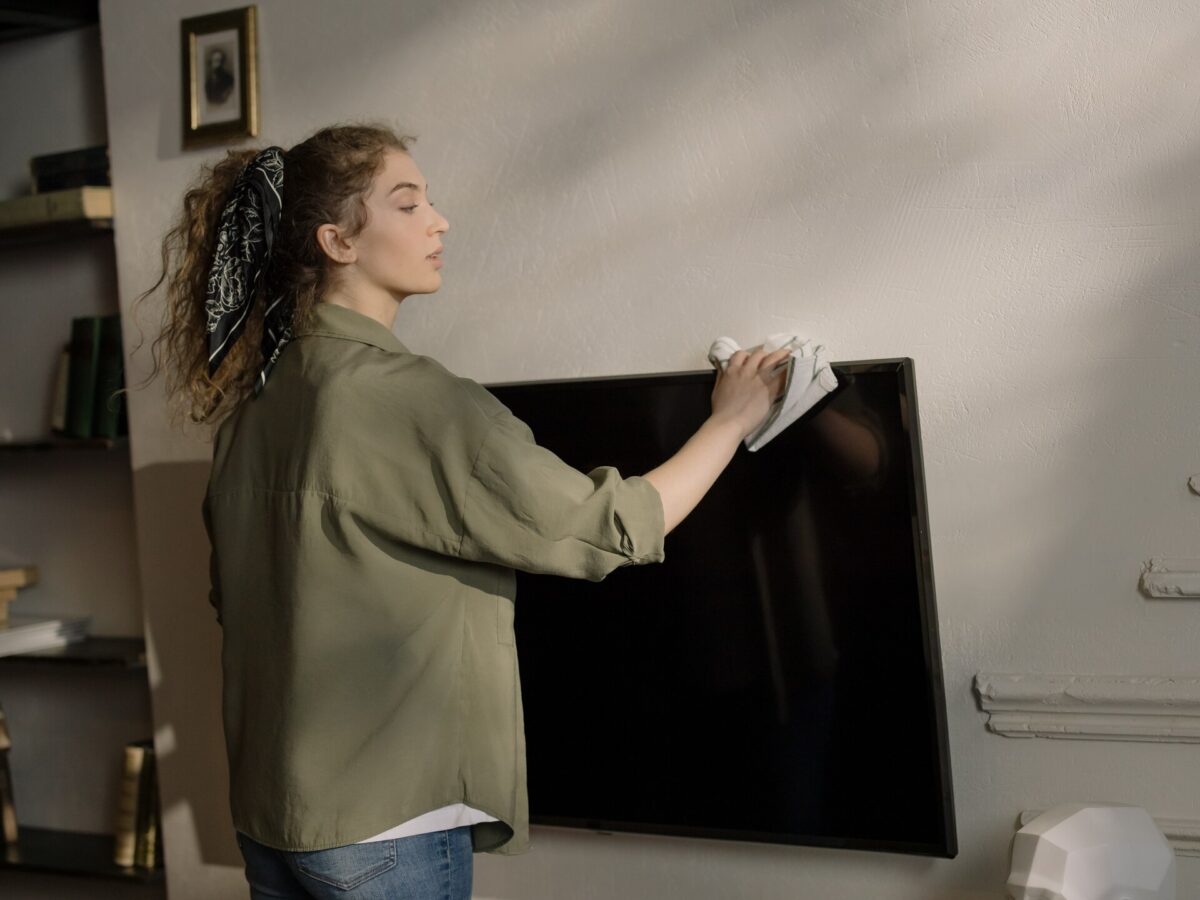

The Benefits of Letting Professional Movers Pack Your TV
Relocating to another country is a complicated and overwhelming experience, which is why entrusting the packing of delicate items, such as a TV, to professional movers can provide numerous advantages. While you may consider doing it yourself, it’s important to recognize the unique challenges that come with international moves, including multiple handling points and customs inspections.
By opting for professional packing services, you save yourself time and effort. Packing delicate items like a tube can be time-consuming and stressful, particularly when you have other aspects of the international move to focus on. An overseas shipping company takes care of the whole process, giving you time to concentrate on other relocation tasks, like gathering all the necessary documents or finding a place to live.
Exploring Additional Services Offered by a Professional Overseas Moving Company
Professional overseas relocation companies offer a range of additional services specifically tailored to handle the complexities of international relocations. When it comes to packing delicate items like a TV, these experts understand the importance of proper packing techniques and have the experience and knowledge to ensure your belongings are well-protected.
They can provide specialized packing materials and techniques that meet international shipping standards, giving to the TV set the best possible chance of arriving at the destination intact.
Most reliable companies offer a range of services, from car shipping to storage and custom crating, so make sure you take the time to pick the company that can provide you with all the services you need.
After the Move – Unpacking the TV
After the excitement of moving internationally, it’s time to unpack and set up the telly in your new home. Handle the packed telly with care, ensuring no excessive pressure is applied. Inspect for any damage or loose components caused during transit and contact the relocation company or the manufacturer if needed. Choose the perfect spot in a new living space, considering room layout and viewing angles.
Reconnect the power cord and necessary cables securely, including HDMI or audio cables. Set up external devices like a cable box or gaming console, following the manufacturer’s instructions. Power on the TV, adjust settings, and test functionality. Mount it securely if necessary, or position it on a stable stand. Organize cables to prevent tangling.
Keep in mind that different counties have different power voltages and sockets, so make sure the TV has additional equipment before you plug it in so it doesn’t burn. Go on a WorldStandards website and check power standards in every country in the world.
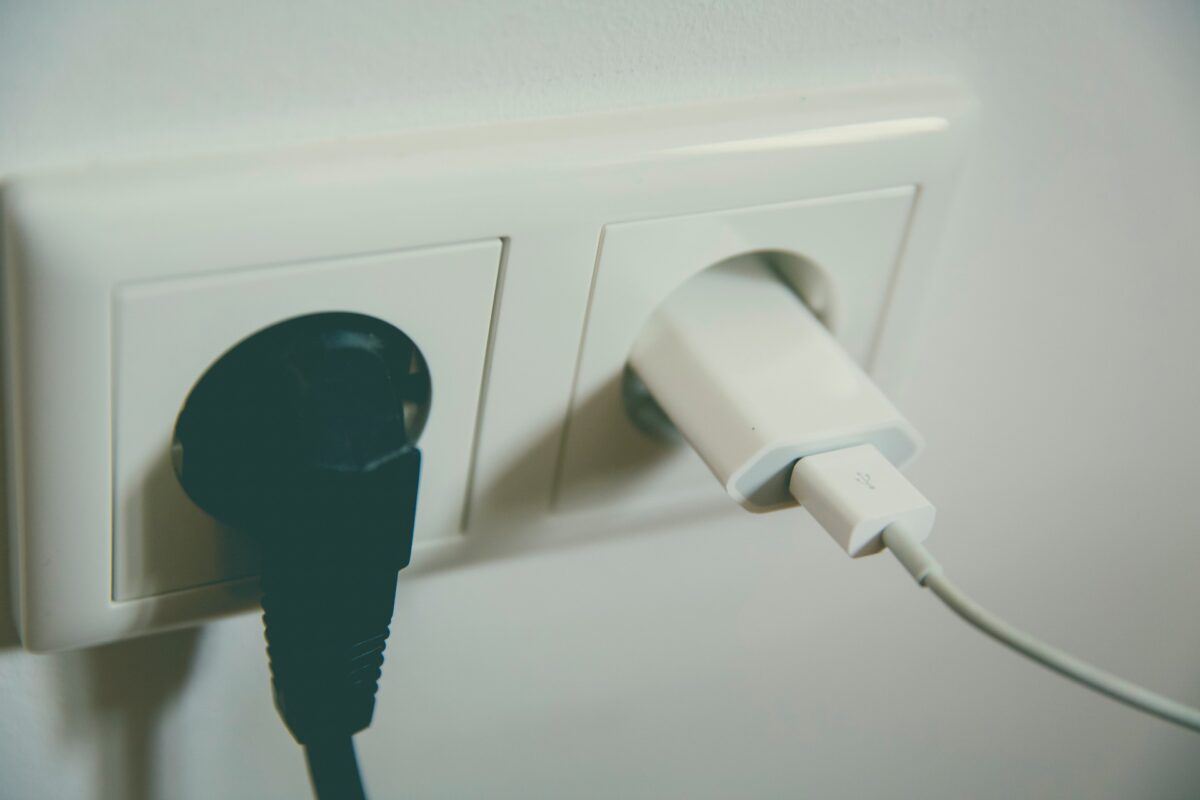

Wrapping Up – Successfully Packing and Moving the TV with Confidence
Packing and relocating television requires careful handling and preparation. By following the step-by-step process of removing cords, cleaning, wrapping, positioning, securing, and labeling the TV, you can ensure its safe transportation. While professional movers offer additional expertise and services, with the right knowledge and attention to detail, you can confidently pack a TV yourself. And if you feel like you still don’t know how to move a TV, then leave it to the professionals. Contact Sunset International Shipping today and find out all about the services we provide.
FAQ
It is highly recommended to pack a television in a sturdy box specifically designed for relocation. Boxes provide proper protection and support during transit, reducing the risk of damage.
The safest way to transport a flat screen is to pack it in a box with proper padding and cushioning. Ensure the box is well-secured, and avoid placing heavy items on top of it.
Use packing materials such as bubble wrap, foam, or packing peanuts to fill any empty spaces around the flat screen inside the box. This will prevent movement and provide extra protection.
While blankets or towels can provide some level of protection, it’s best to use specialized packing materials like bubble wrap or foam to ensure optimal cushioning and support for the TV.
Consider purchasing a specialized flat-screen box or crate that is designed to accommodate larger TVs. These boxes provide the necessary protection and space for bigger screens during the move.
The best position for a flat screen in a truck is upright, secured against a sturdy surface or against a wall. Avoid placing heavy items on or against the TV, and ensure it won’t slide or topple during transportation.

